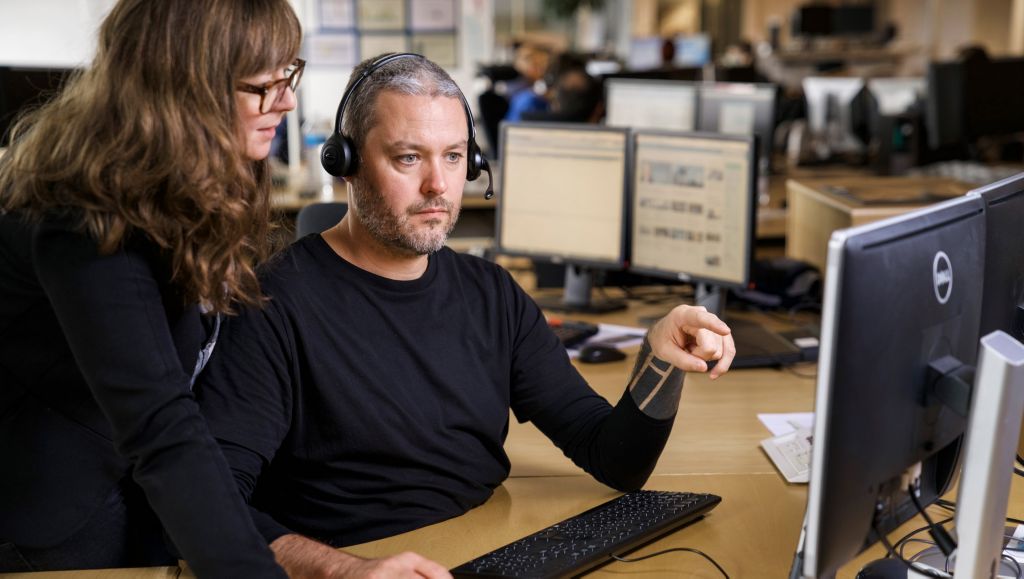Truck driver's help on the road


In his ten years working as an Uptime Coordinator at the VAS Uptime Centre in Ghent, Jean-Pierre Fabris has never had an experience like the one he had from Italy.
“I received a call from a driver who said he’d just been in an accident and was stuck in his seat. He couldn’t find his phone so he had pressed the VAS On Call button instead.
“I tried to calm him down and told him an ambulance was on its way. Because of the VAS button, I already had his registration number and GPS coordinates, so, as I was talking to him, I was also contacting the police. Less than 15 minutes later, the police, fire department and an ambulance were on the scene.”
The case is far from usual, but it does illustrate the broader benefits of the VAS On Call button, which was first introduced with the new Volvo FH in 2012. By simply pressing the button, drivers are automatically connected to a VAS Uptime Coordinator who speaks their language, while also communicating GPS coordinates and diagnostic fault codes.
“Often drivers cannot explain where they are,” says Jean-Pierre Fabris. “I remember one of the first calls I ever took. All the driver could tell me was that he was ‘next to the water’. I eventually worked out that he meant Lake Garda Italy, but it made me realise that drivers do not always know where they are. The VAS button has made it very easy for us. While we chat, we can multitask and start locating them.”
Paul Martin, Up Time Solutions Director, believes that VAS On Call has helped both coordinators and technicians save time and improved the overall communication with customers.
“It gives customers peace of mind,” he explains. “When they’ve broken down, it’s reassuring for them to hear a coordinator, speaking in their language, who knows who they are, where they are and can help.”
Now the VAS Uptime Centre is looking at other ways communication can be improved with connected services.
“We have a fantastic team of highly motivated coordinators and a strong network of dedicated technicians, but what could be improved is the communication between the two and with the customer,” explains Paul Martin. “As with the VAS button, we’re looking to reduce the need for phone calls. We want to develop smart tools, such as apps, where coordinators and technicians can update cases directly. Customers could then track their cases in real time, or even receive updates and notifications.”
For uptime coordinators like Jean-Pierre Fabris, any time that can be saved means they can spend more time receiving calls and providing an even higher level of service.
“In this job, responding quickly can make the difference between life and death,” says Jean-Pierre Fabris. “If this accident in Italy had taken place somewhere isolated and the driver didn’t have a VAS button, who knows how long he could have been waiting or what would have happened?”